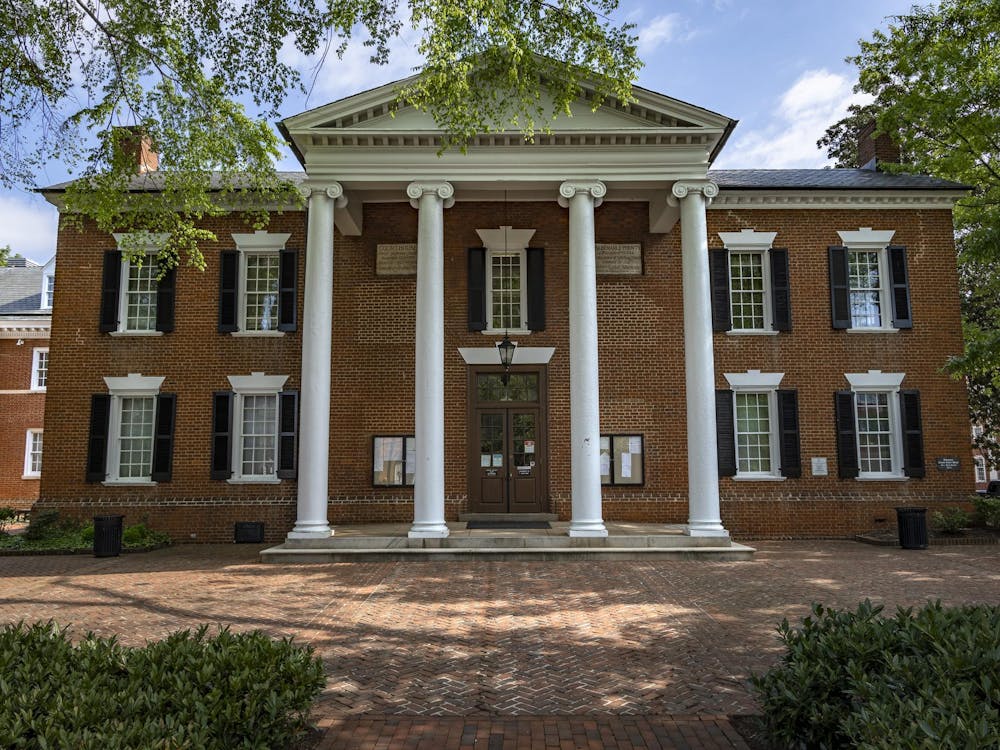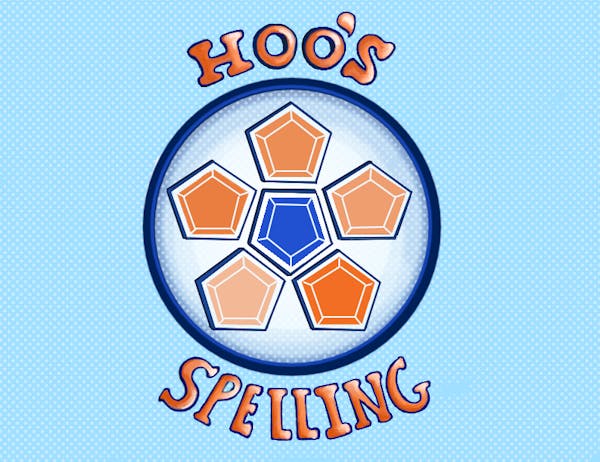Saturday Night Live’s cold open depicting the first presidential debate was fiction reflecting truth at its best. The skit distilled the dynamic of the televised encounter, and the election as a whole, as being between an unhinged, pathological liar with an overtly racist appeal, and a dedicated if unrelatable public servant who has spent more than 40 years being scrutinized.
If you accept this narrative of the choice voters are to face, I think the closest approximation of the truth, then it becomes an easy decision. A race between a former secretary of state, senator and First Lady with a nuanced record and a political neophyte who built his political career on birtherism and xenophobia is a farce.
And yet, if the debate, the skit and all the punditry in between have demonstrated this to be the unequivocal truth, then, as New York Times columnist Gail Collins asked recently, “why isn’t she leading 3 to 1?” The answer has less to do with Donald Trump, who is only viewed favorably by 38 percent of the American people according to the RCP average, than with Hillary Clinton, who similarly struggles with only a 43 percent favorable rating. Millennials are particularly skeptical of her candidacy. Voters 18-29 helped soar President Obama back into office in 2012, winning 67 percent to 30 percent nationally against Mitt Romney. By contrast, in mid-September during the doldrums of Clinton’s pneumonia scare, Clinton leads with a five point margin, 31 percent to Trump’s 26 percent. In the same poll, Libertarian Gary Johnson is at 29 percent among voters 18-34.
An ad for Johnson produced in August by Balanced Rebellion with 29 million views on Facebook as of this writing helps break down how a large segment of our age group sees Clinton’s candidacy. The video opens by calling her “corrupt.” It compares her to “a monopoly player” who uses a get-out-of-jail-free card, a rig-an-election card and a make-millions-in-political-favors card along the way. It states that everything that is wrong with politics is wrong with Hillary, and that if America were Gotham City, then Clinton would be the mob: always there, corrupt but predictable.
It would be unnecessary to consider each of these points individually, but the gist does stick with young voters. Clinton has been a national figure since 1992. It is natural for millennials to distrust establishment figures like her. Because so much of this election cycle has revolved around how to fix or even address institutions in disrepair, Clinton, tied to all of that baggage, is in an inherently vulnerable position. Searing questions about her role in developing and implementing the policies undergirding the last 30 years would have emerged regardless of whom she happened to run against. But she is also under greater scrutiny because she has played the role of a reflective administrator in daily governance rather than a visionary. Her myriad accomplishments and efforts — from the State Children’s Health Insurance Program to pushing for universal health care during her husband’s first term to compromising with Republicans as a senator from New York to establishing a severe sanctions regime against Iran that gave the United States leverage to negotiate the Iran deal — are more often than not solid, incrementalist policies improving outcomes within a given framework. But their effects are overshadowed by controversies. Millennial voters, most of whom will not take the time to sift through the merits of each charge against her, are left with a vague unease, a faint taste of corruption that is hard to dispel or address.
None of this is to say some of the concerns about her judgment at points in her career that have come from these controversies are not valid or justified. But they have been given such weight that they have allowed a false equivalency between Trump’s glaring problems and Clinton’s nuanced issues. This equivalency threatens to hand the world’s most powerful office to a man who began his campaign by calling Mexicans rapists and criminals, whose panacea foreign policy proposal is to “bomb the s—t” out of the Middle East and side with Vladimir Putin, and who wants to implement a blanket ban of 1.6 billion Muslims living outside the United States. In this context, it is difficult to extricate these criticisms of her candidacy from the simple fact that she is not a particularly charismatic woman running for president. There is a primal dislike or indifference she inspires, and it is equally difficult to imagine that a male candidate would face the same difficulties connecting with the electorate.
I urge my fellow students to look beyond narratives of false equivalency, gendered perceptions of dislike and distrust and an ingrained sense of antiestablishmentarianism and to vote for the best, most qualified and most responsible person available to serve as our next commander-in-chief. Trump may be a threat to the republic, but Clinton is worth believing in.
Olivier Weiss is a Viewpoint writer.






